Overview of regenerative medicine
- On the third day, the number of cell clone formation in FIBREGA group was significantly higher than that in control group
- The core issue of regenerative medicine is the mechanism of cell proliferation, differentiation and regulation

The regeneration ability of gecko leads us to think Where is the ability of human regeneration?
Chronic refractory wound
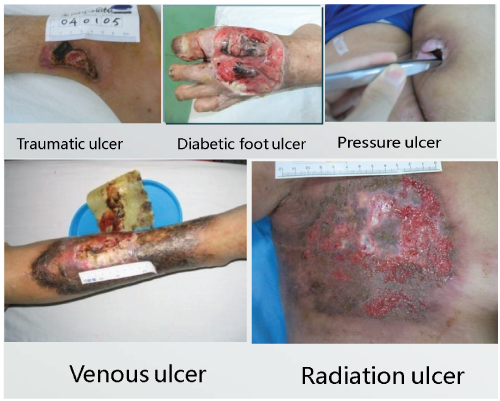
- Chronic refractory wounds refer to wounds that fail to heal for more than 4 weeks. The incidence rate is high, treatment is difficult and the cost of treatment is high.
- At present, the success rate of the first stage repair of chronic wounds is less than 50%, and more than 70% of patients will have relapse
- The common chronic refractory wounds in clinic are as follows:
Autologous epidermal basal cells (EBCS) transplantation can significantly promote chronic wound healing 2.1 Research Background

The outcome of wound
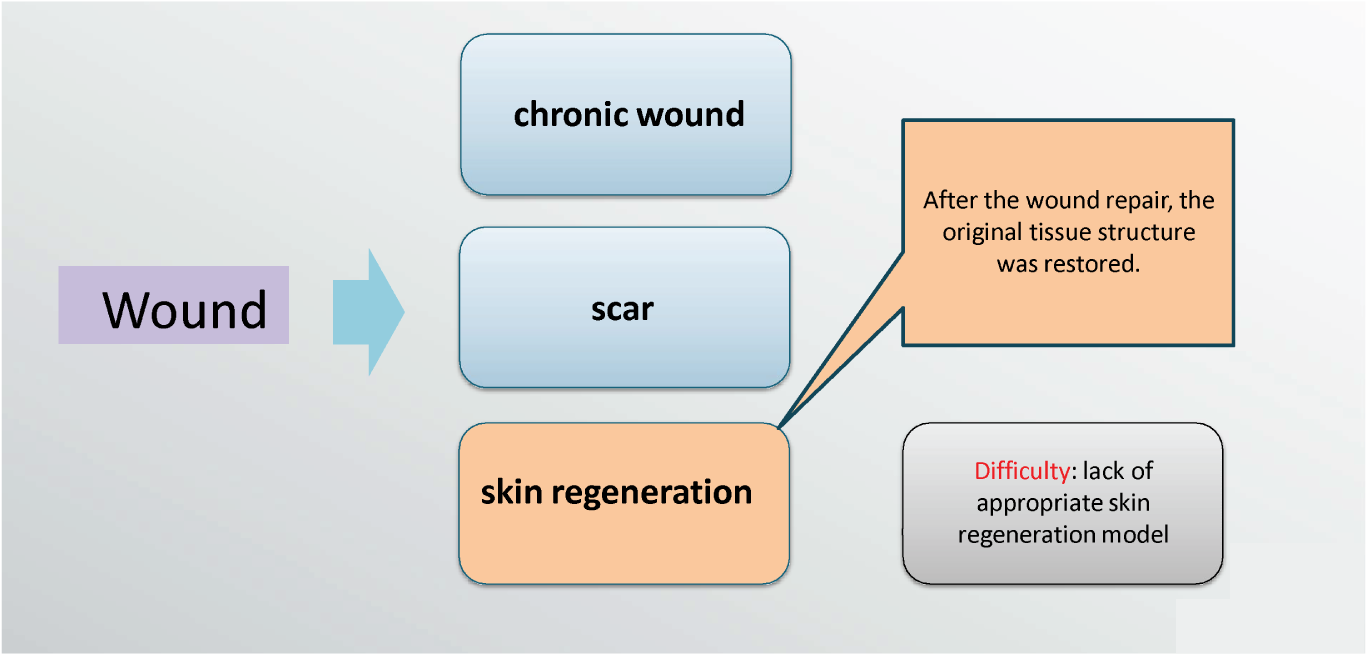
Scientific hypothesis
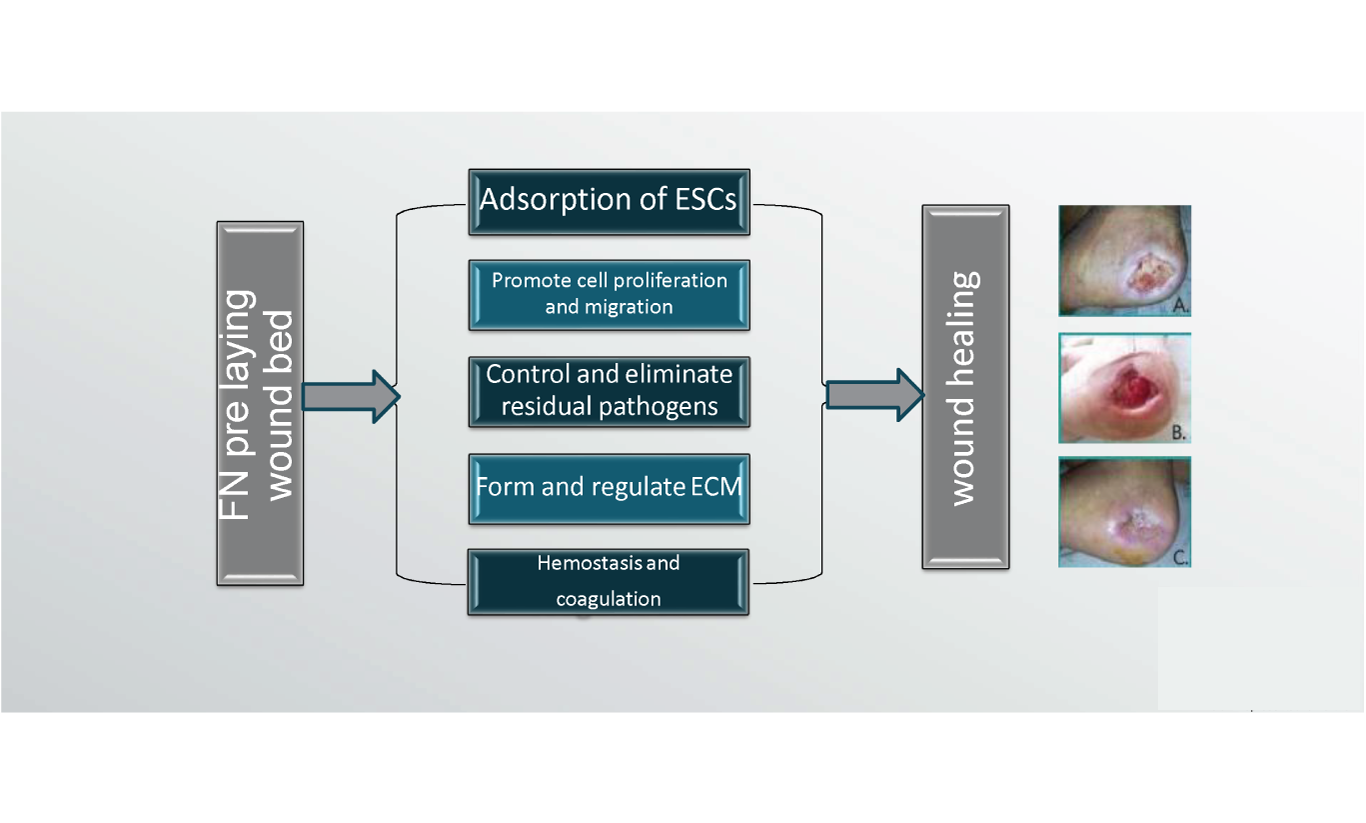
Experimental design

Technology Roadmap
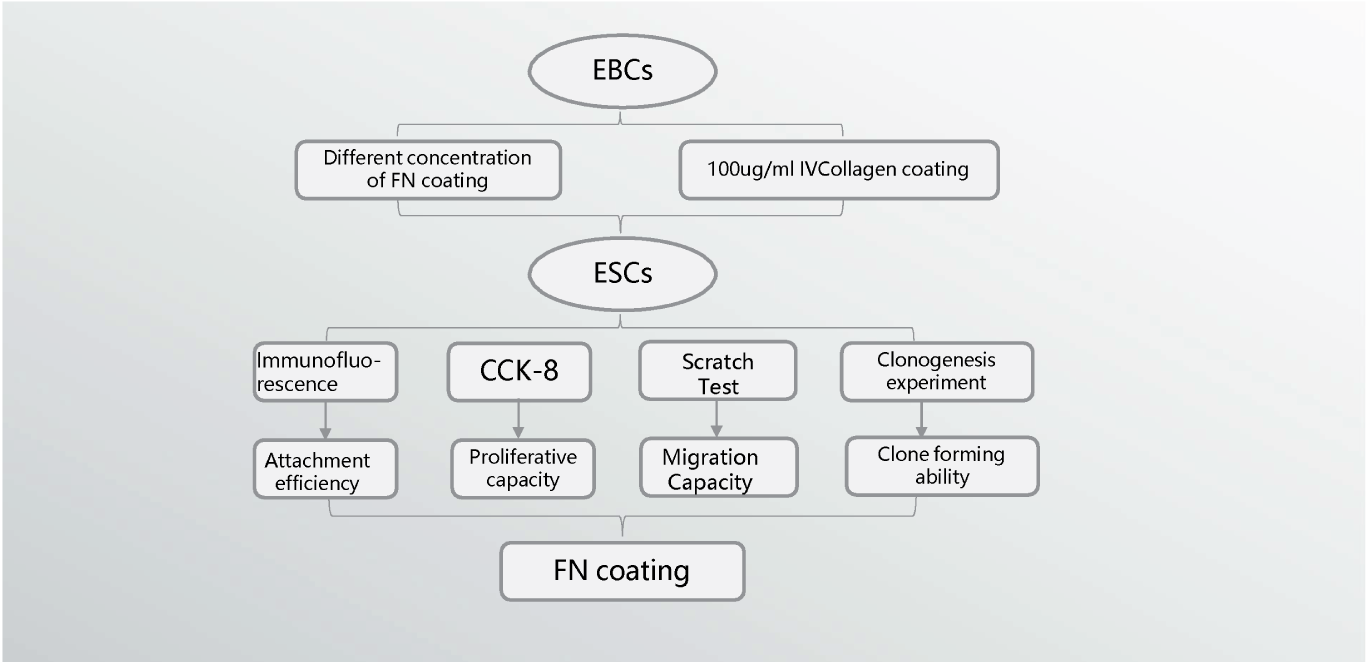
Results
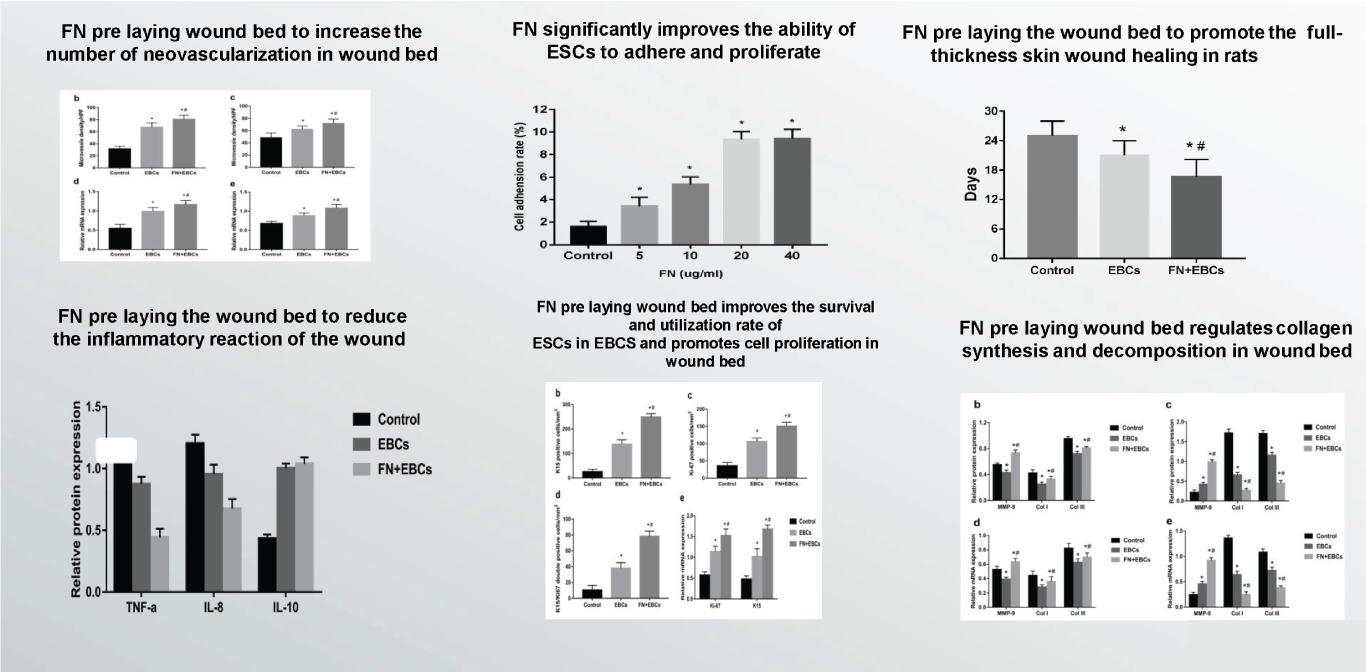
Conclusion
- Compared with type IV collagen, FIBREGA preplate has the advantage of promoting the proliferation and migration of ESCs
- FIBREGA can improve the efficiency of EBCS transplantation by improving the survival rate of ESCs
- It can promote epithelialization, reduce inflammation, promote vascularization and regulate collagen synthesis and degradation.
2.2 In Vitro Study
Title: Effect of FIBREGA on proliferation and differentiation of keratinocytes Specifications:
- Specimen: 12:00, February 24, 2017, 1 x 3cm thigh tough thick skin
- Transportation and storage: ksfm + double reactance, 4
- Digestion: 10xtriple, 37 ℃℃, 15min
- Cell number number:1x10 6 /ml
- 0.2mm thick skin pieces were digested and sterilized (UV) and keratinocyte cell cultures were made .
- In the test group the cells were incubated with 50mcg/ml FN and other was control group.
- The proliferation and differentiation of keratinocytes was highly superior in test group vs control group
Effect of FN on proliferation and differentiation of keratinocytes

Why Is FIBREGA a Regeneration Factor?
- FIBREGA is the basic component of cell and extracellular matrix
- FIBREGA regulates the dynamic balance between cells and extracellular matrix, and constructs the microenvironment of cell regeneration
- FIBREGA plays an irreplaceable role in cell location, migration, proliferation, growth, differentiation and adhesion
- FIBREGA participates in the whole process of wound healing
- Without FIBREGA, wound regeneration and healing cannot occur
- Exogenous supplement of FIBREGA can promote regeneration and healing
